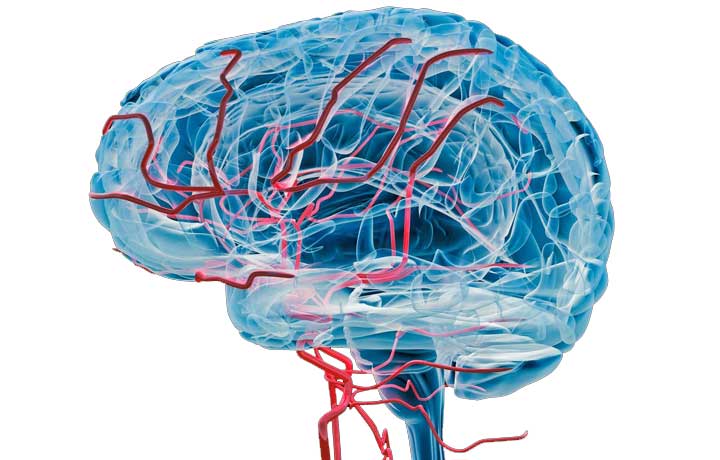Many health experts have said that there is a need to understand more about Alzheimer’s disease to find out better treatments. They have said that with more studies they might be able to discover an ultimate cure for the disease as well. It has led them to identify four diverse kinds of Alzheimer’s disease. They have use machine algorithms that have been trained at 1143 brain scans of either healthy people or those who have been dealing with Alzheimer’s disease. They have found four different ways in which tau proteins are knotted in neurons. As per the experts, misshapen tau proteins are closely linked to the growth and evolution of Alzheimer’s disease. However, experts have thought that tau entanglement in the brain has been more or less the same in people who are dealing with Alzheimer’s disease.
Dr. Oskar Hansson, who is a neurologist at Lund University in Sweden, has said that his team has been able to find out four apparent patterns of tau pathology that have become distinct with time. He has said that the frequency of the subgroups has been varying from 18 to 30 percent that means that all these variants of Alzheimer’s disease have been quite common and none of these solely dominates, as perceived earlier. The authors of the study have said that the first variant has been found in 33 cases of the disease. It has been seen spreading mainly within the temporal lobe has affected patients’ memory. The second variant has been detected in 18 percent of cases. This variant has been spread across the other parts of the cerebral cortex. In these cases, memory issues have been less common but patients have been dealing with difficulty in planning and performing actions.
The third variant has been identified in 30 percent of all cases and tau proteins have been spreading across the visual cortex. In these cases, patients have been found to have issues with orientation, judging distance, and recognizing shapes. The final variant has been found in 19 percent of cases, it has been seen spreading asymmetrically in the left hemisphere of the brain. This variant can impact language processing, said the experts. The identifications of these variants of the disease have been possible through 3D Positron Emission Tomography (PET) scans. The follow-up analysis has been done for four years by the experts. It has shown the presence of these diverse four patterns in patients who are dealing with Alzheimer’s disease. Experts have said that it might be the reason why different people with Alzheimer’s show different symptoms of the disease.
Dr. Jacob Vogel, who is a neurologist at McGill University in Canada, has said that the findings of this study show that Alzheimer’s disease is a heterogeneous disease. Alzheimer’s disease is one of the top forms of dementia across the world. Experts have said that data have shown that the number of people affected by the disease is increasing significantly, as people are aging. In this disease, people tend to face loss of neurons; however, it is unclear exactly why it occurs. There is no cure for Alzheimer’s disease available currently. The study has been released in the journal called Nature Medicine.
